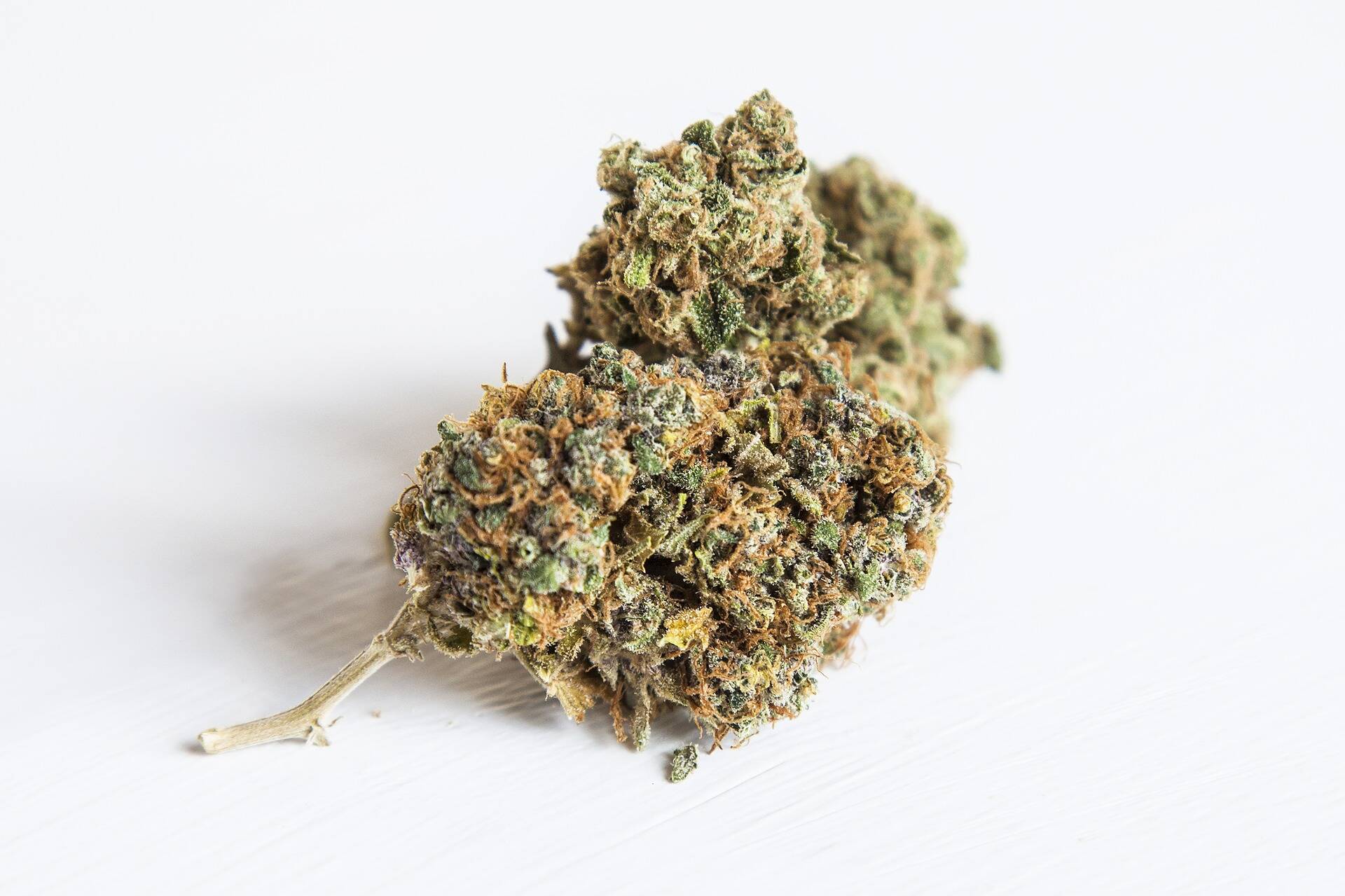Some call it “the gateway drug”, others “the devil’s lettuce”, but whatever they think about it – marijuana is here to stay. This plant has been a part of many cultures for quite a long time and is gaining momentum to become a part of our everyday lives, considering all the possible uses people find. Mostly known for its psychoactive substance THC, it is used to calm the nerves or excite them.
Marijuana, and its close cousin hemp, are being used in a variety of ways and have found their way to many products we see on the shelves of supermarkets and pharmacies. None of these needs to frighten you, as the effects of marijuana on the body have been tested many times over, and we know exactly what to expect when using it.
Different Varieties
Derived from the Cannabis plant, marijuana is a psychoactive drug that is finding more and more use in the field of medicine. The plant itself has two distinct strains that have been recognized, Cannabis Sativa and Cannabis Indica, while a mix of them, known as a hybrid, is also categorized. Unlike hemp, which belongs to the same botanical family but doesn’t have any psychoactive effects, all three of these do, and that is the main reason why they are grown and consumed.
There is, of course, a problem of determining what is what once the strains get mixed and growers and producers start giving them commercial names. When searching for quality strains, you will have to rely on honest distributors and growers to correctly declare what is what, so you get what you need. Although the effects of different strains are very similar to those using them the first time, “weed connoisseurs” will tell you there are major differences between them.
Mind-Boggling Affect
The varying effects of marijuana use on the brain are both positive and negative. For a long time what concerned people the most was the fear of negative side effects, and unfortunately, there is a study linking excessive marijuana use with psychosis, along with other studies that claim that excessive use of marijuana during adolescence can cause a drop in IQ. Though, on the other hand, there are enough benefits to counterweight this.
The most notable positive effects are those concerning Alzheimer’s disease, epilepsy, and multiple sclerosis. Chemical compounds called cannabinoids that are present in the plant can alter the release of messenger chemicals in the brain and nervous system. Not only do they alleviate pain, but they also help Alzheimer’s patients struggling with memory loss and tremors in the limbs.
How Our Body Reacts
The physical reaction to this drug is also twofold – there are bad as well as good sides. How it is taken will also affect. If being smoked, then you may end up with irritated lungs and bronchial passages, as well as a burning mouth or throat. It also alters our balance and coordination, making our reactions slower – thus being dangerous to consume before driving.
However, the greater part of it is that it tremendously helps with relaxing muscles and pain relief. It is also shown that it expands blood vessels, thus increasing heart rate, which may lead to redness in the eyes but also helps those struggling with glaucoma. The drug is being prescribed more and more often to those who have autoimmune diseases as well, as it can boost their immune system and help with nausea.
How to Use It
There are several different ways of consuming marijuana, all of which give similar, yet different, effects. The most popular are:
- smoking
- vaporizing
- with food
- as an extract
Smoking is, quite possibly, the oldest and surely the most popular way of doing it. Dried marijuana is rolled up like a cigarette and the smoke is inhaled, where within the lungs the active chemical substances are directly transported into the bloodstream.
Vaporizing is quite similar, in that the chemicals are transported through the lungs, but with water vapor instead of smoke, thus being less irritating on the mouth and throat.
Intake with food, usually in the form of cookies known as “edibles” or “munchies”, can be very pleasant and tasty, as it doesn’t have to have any sharpness to it. The effects, however, take longer to show as it needs more time to pass through the digestive tract and enter the bloodstream.
Marijuana should be called more than just a “memory loss drug”. With its use on the rise and the growing number of studies that explain its positive effect, the stigma around should loosen up and, at the very least, people should not be afraid of using it when it actually has a beneficial effect on them.





